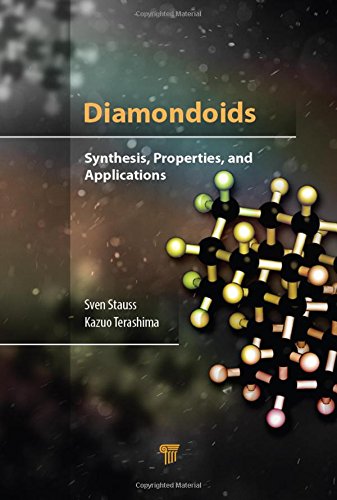

Most ebook files are in PDF format, so you can easily read them using various software such as Foxit Reader or directly on the Google Chrome browser.
Some ebook files are released by publishers in other formats such as .awz, .mobi, .epub, .fb2, etc. You may need to install specific software to read these formats on mobile/PC, such as Calibre.
Please read the tutorial at this link: https://ebookbell.com/faq
We offer FREE conversion to the popular formats you request; however, this may take some time. Therefore, right after payment, please email us, and we will try to provide the service as quickly as possible.
For some exceptional file formats or broken links (if any), please refrain from opening any disputes. Instead, email us first, and we will try to assist within a maximum of 6 hours.
EbookBell Team

4.1
70 reviewsOver the past few decades, carbon nanomaterials, most commonly fullerenes, carbon nanotubes, and graphene, have gained increasing interest in both science and industry, due to their advantageous properties that make them attractive for many applications in nanotechnology. Another class of the carbon nanomaterials family that has slowly been gaining (re)newed interest is diamond molecules, also called diamondoids, which consist of polycyclic carbon cages that can be superimposed on a cubic diamond lattice. Derivatives of diamondoids are used in pharmaceutics, but due to their promising properties―well-defined structures, high thermal and chemical stability, negative electron affinity, and the possibility to tune their bandgap―diamondoids could also serve as molecular building blocks in future nanodevices.
This book is the first of its kind to give an exhaustive overview of the structures, properties, and current and possible future applications of diamondoids. It contains a brief historical account of diamondoids, from the discovery of the first diamondoid member, adamantane, to the isolation of higher diamondoids about a decade ago. It summarizes the different approaches to synthesizing diamondoids. In particular, current research on the conventional organic synthesis and new approaches based on microplasmas generated in high-pressure and supercritical fluids are reviewed and the advantages and disadvantages of the different methods discussed. The book will serve as a reference for advanced undergraduate- and graduate-level students in chemistry, physics, materials science, and nanotechnology and researchers in macromolecular science, nanotechnology, chemistry, biology, and medicine, especially those with an interest in nanoparticles.